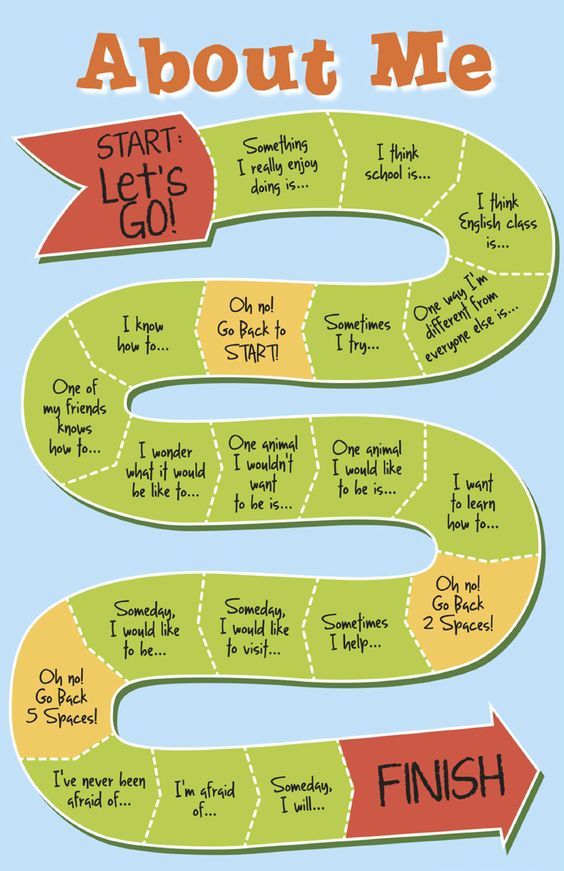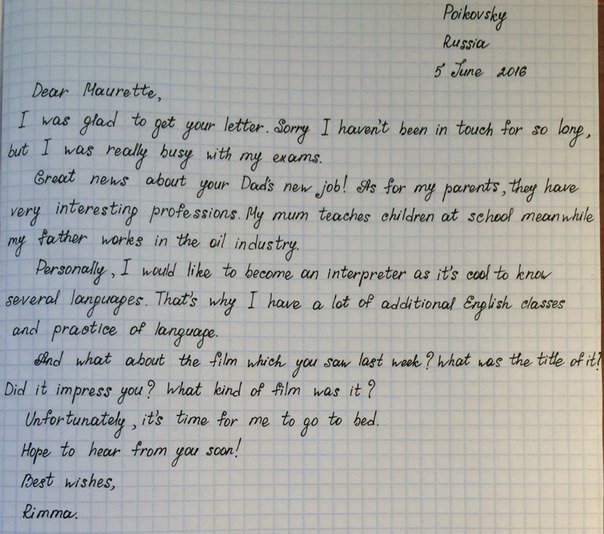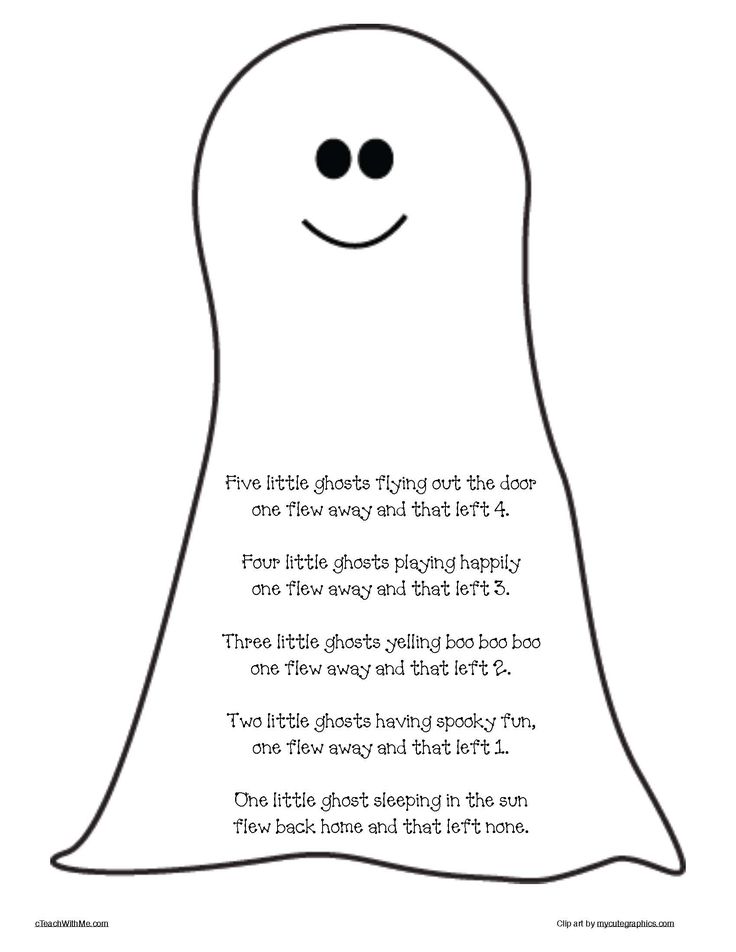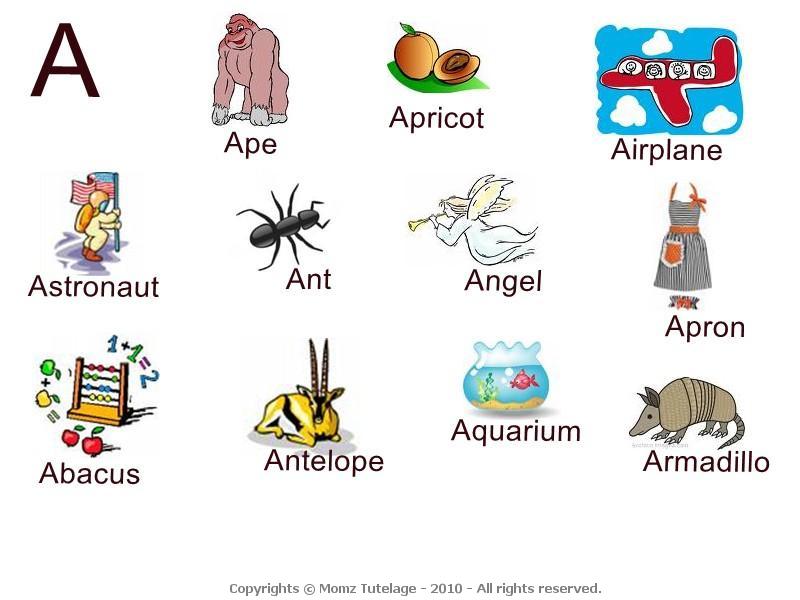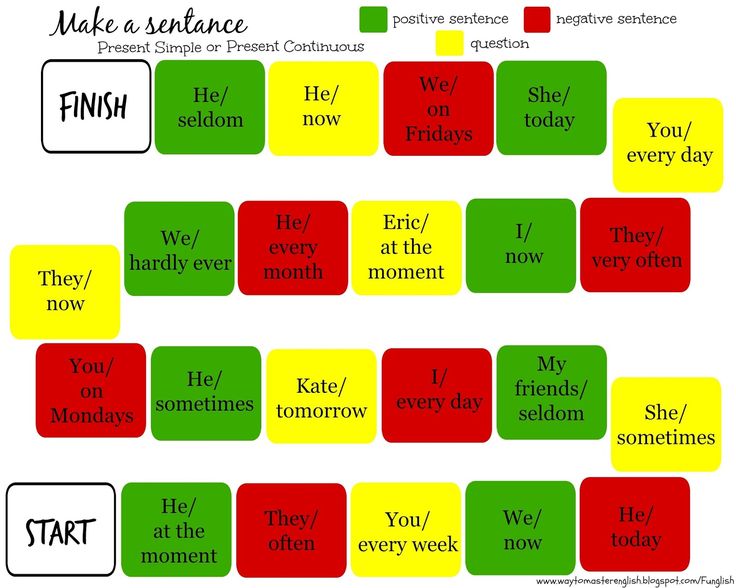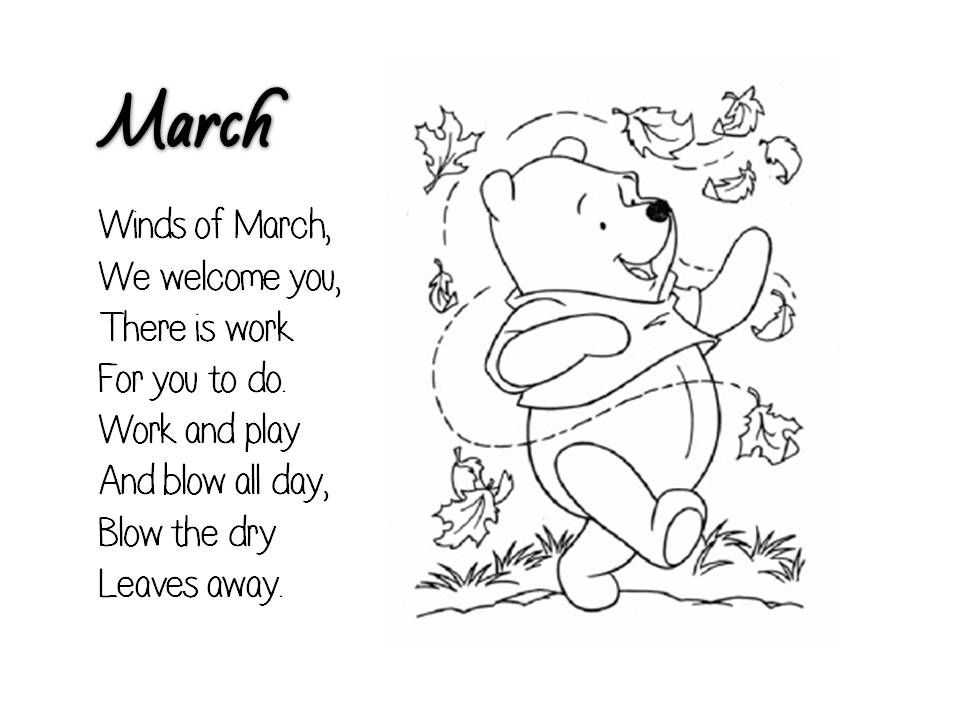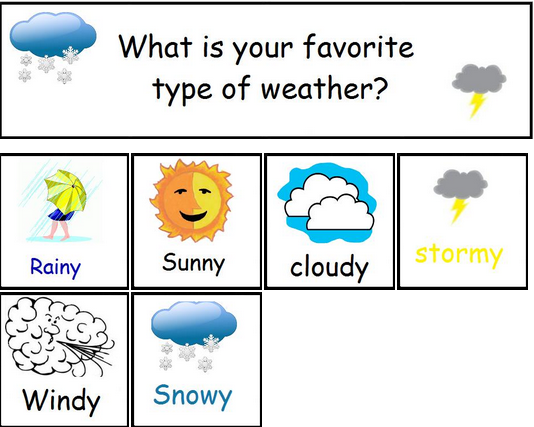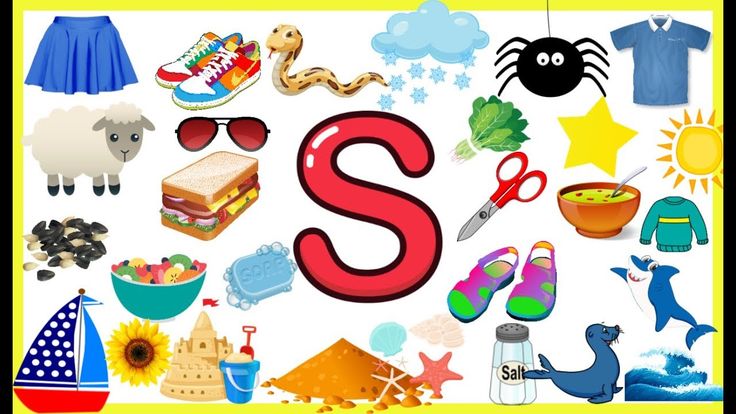Activities for syllabication
Syllable Games | Classroom Strategies
As students progress in their literacy understanding, they move from reading and writing single syllable words (often with consonant-vowel-consonant constructions) to reading and writing multisyllabic words. Instruction focused on teaching students about syllables often focuses on teaching different types of syllables (open and closed) and what occurs when syllables join together within a word.
| How to use: | Individually | With small groups | Whole class setting |
More phonological awareness strategies
Why teach about syllables?
- Dividing words into parts, or "chunks" helps speed the process of decoding.
- Knowing the rules for syllable division can students read words more accurately and fluently.
- Understanding syllables can also help students learn to spell words correctly.
Drumming out syllables
Students use a drum or tambourine to take turns drumming out the syllables in their names or other words. See the lesson plan.
This video is published with permission from the Balanced Literacy Diet. See many more related how-to videos with lesson plans in the Phonemic Awareness section.
Syllables: kindergarten
This video depicts a kindergarten small group engaging in a syllables activity. There are 5 students in this demonstration and they are using manipulatives. (From the What Works Clearinghouse practice guide: Foundational skills to support reading for understanding in kindergarten through 3rd grade.)
Collect resources
Marker activity
This activity, from our article How Now Brown Cow: Phoneme Awareness Activities, is an example of how to teach students to use a marker (i.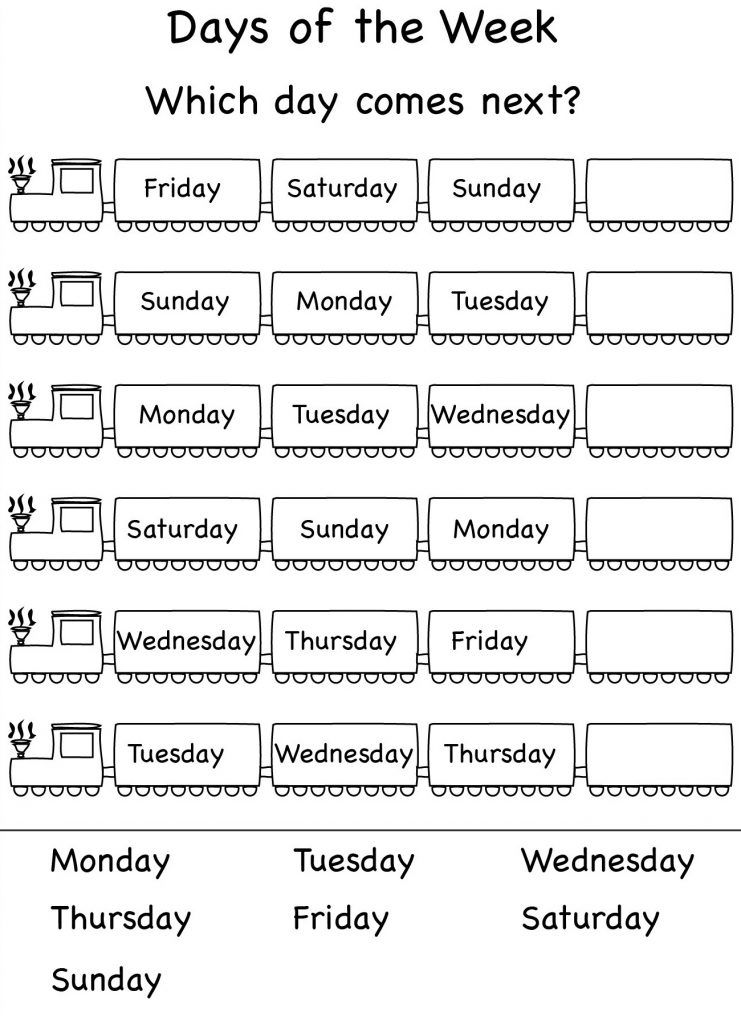 e., token) to count syllables.
e., token) to count syllables.
The marker activity often used for word counting can be adapted for use in counting syllables. Teachers can provide each child with tokens and two or three horizontally connected boxes drawn on a sheet of paper. The children place a token in each box from left to right as they hear each syllable in a word.
Multisyllabic manipulation
This example includes several activities and a chart of multisyllabic words. One specific activity from this page is the Multisyllabic Words Manipulation Game. Teachers can divide words from reading selections into syllables, write each syllable on a note card and display the syllables in jumbled order. Have students arrange the syllables to form the words.
Multisyllabic words manipulation >
Clapping games
Associating syllables with a beat can help students to better learn the concept of syllables within words. Here's a clapping game to help young learners understand about dividing words into syllables.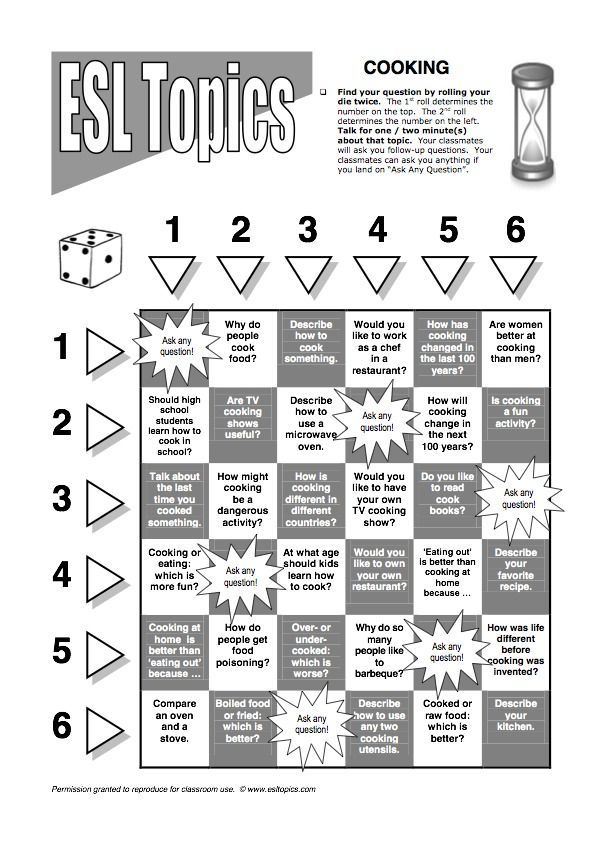
Basic words clapping game >
Using mirrors
The following link includes information on introductory activities such as using mirrors for teaching students about syllables. Information is also provided about the different syllable spelling patterns.
Using a mirror to understand syllables >
Jumping syllables
This activity teaches student to separate words into syllables. Students move syllables around to create new "silly" words which gives them practice manipulating different sounds.
Jumping syllables >
Find many more syllable activities developed by the Florida Center for Reading Research.
Differentiated instruction
for second language learners, students of varying reading skill, and for younger learners
- Use pictures instead of words in activities for younger and lower level readers
- Include auditory and hands-on activities (i.e., clapping hands, tapping the desk, or marching in place to the syllables in children's names)
- Include a writing activity for more advanced learners.
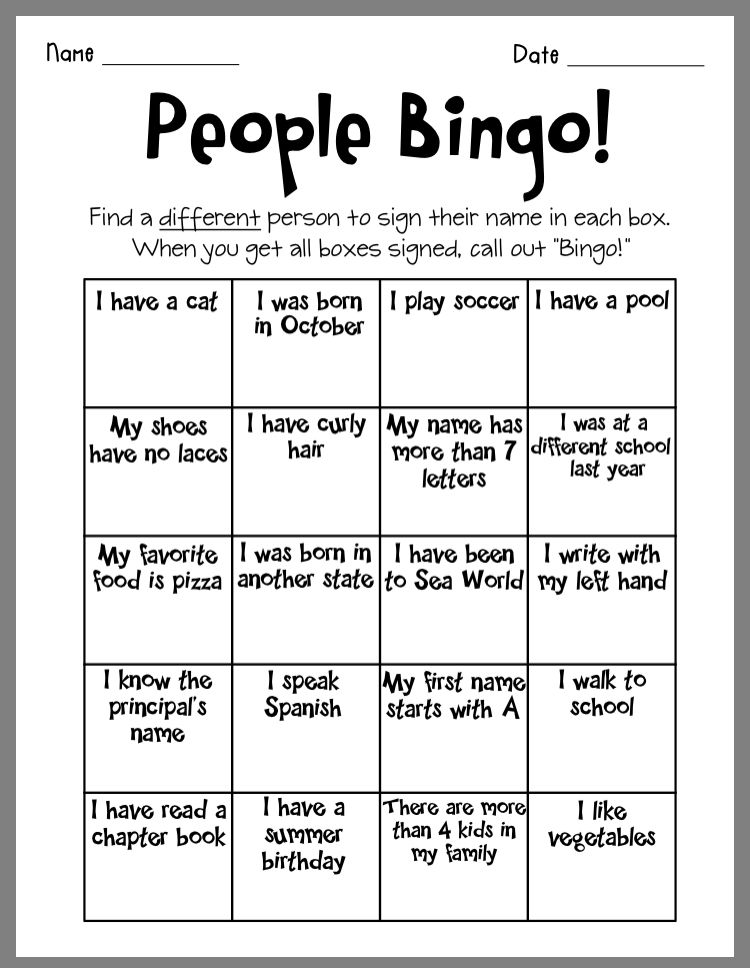
See the research that supports this strategy
Adams, M., Foorman, B., Lundberg, I., & Beeler, T. (2004). Phonemic Activities for the Preschool or Elementary Classroom.
Ellis, E. (1997). How Now Brown Cow: Phoneme Awareness Activities.
Moats, L. & Tolman, C. (2008). Six Syllable Types.
Children's books to use with this strategy
Island: A Story of the Galápagos
By: Jason Chin
Genre: Nonfiction
Age Level: 6-9
Reading Level: Independent Reader
Young readers will explore the evolving terrain and animals of the Galápagos in this nonfiction picture book. Charles Darwin first visited the Galápagos Islands almost 200 years ago, only to discover a land filled with plants and animals that could not be found anywhere else on earth. How did they come to inhabit the island? How long will they remain? Thoroughly researched and filled with intricate and beautiful paintings by award-winning author and artist Jason Chin.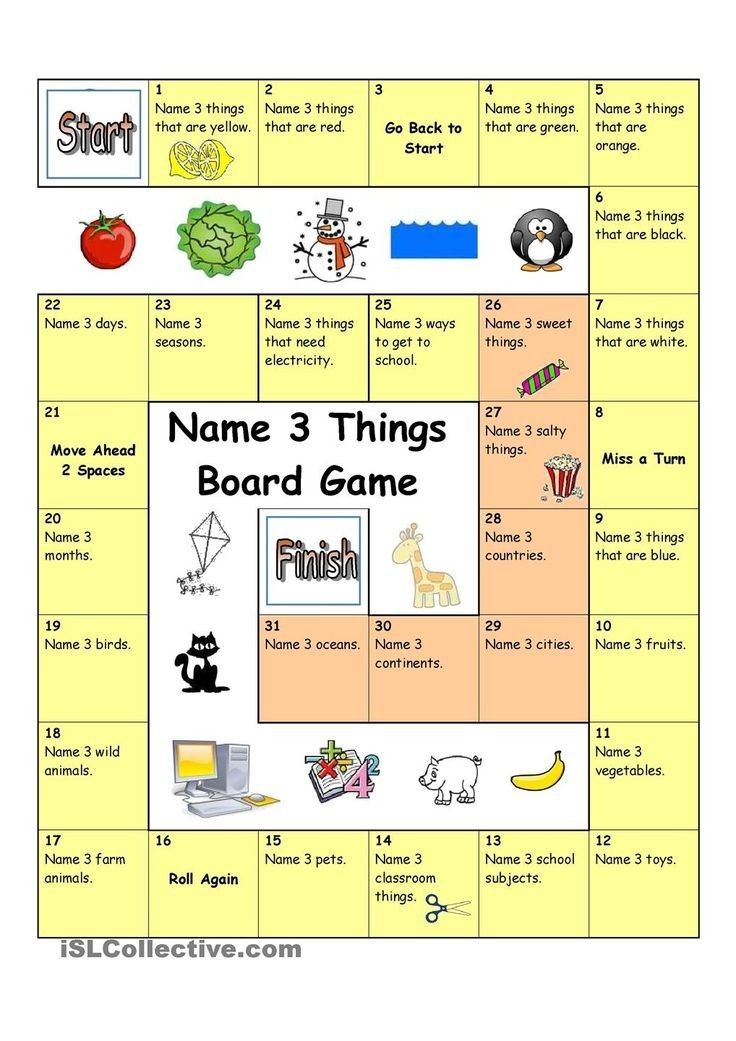
Where Else in the Wild? More Camouflaged Creatures Concealed & Revealed
By: David Schwartz
Age Level: 3-6
Reading Level: Beginning Reader
Close-up, full color photographs of camouflaged creatures and a variety of poems ask readers to examine the image while learning about characteristics. A gatefold opens to provide additional information. (This may appeal to children who like "real" things.)
Dogku
By: Andrew Clements
Age Level: 6-9
Reading Level: Independent Reader
The picture book story of a dog who finds a home is told in completely (and surprisingly successfully) using haiku.
Tap Dancing on the Roof: Sijo (Poems)
By: Linda Sue Park
Genre: Poetry
Age Level: 6-9
Reading Level: Independent Reader
Like haiku, sijo – a little known, brief poetic form from Korea – looks at everyday activities from breakfast to the weather. Sophisticated illustrations complement the seemingly simple language to delight readers and listeners.
Comments
5 fun syllable activities - The Measured Mom
PSPKK12354 Comments
This post contains affiliate links. As an Amazon Associate I earn from qualifying purchases.
Sharing is caring!
Looking for fun syllable activities? You’ve hit the jackpot!
Hamburger. Ham-bur-ger.
Macaroni. Mac-a-ro-ni.
Motorcycle. Mo-tor-cy-cle.
Did you know that the ability to break words into syllables is an important part of phonological awareness? Phonological awareness. That’s a big teacher-y word, but it’s easy to define.
Phonological awareness = the awareness of sounds within words
Kids need phonological awareness before they learn to read. That’s why I’m sharing six fun ways to teach kids how to count syllables as part of our Get Ready for Kindergarten series. And here’s some great news – counting syllables is fun!
1.
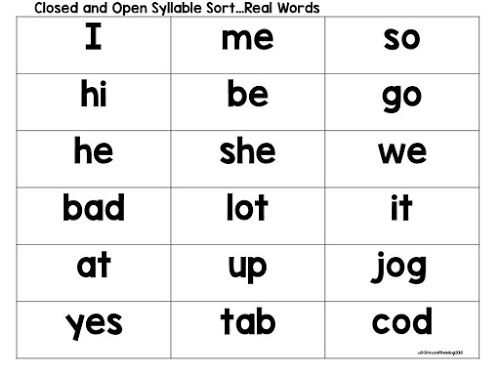 Jump.
Jump.First, I used painter’s tape to make a numbered ladder on the floor. My Four stood behind the first line. Then I held up a picture card (get them at the end of this post), and he jumped once for each syllable.
“Ham-bur-ger.” He looked down to see what number he was standing on. That’s how many syllables the word had.
He loved this and breezed through 24 cards in no time!
2. Sort pictures.
Next, I put the 1,2,3 and 4 syllable headers on our pocket chart. My Two handed her older brother one card at at time. He named the picture, breaking it into syllables as he did so. Finally, he filed the picture under the proper header.
I showed him how to clap the syllables, but he only needed to do that once. By saying each word slowly, he easily counted the syllables. “Cal-cu-la-tor. Four!”
3. Sort objects.
My Seven and Nine gathered toys for me that were one, two, three, or four syllables. Then I provided some sorting containers for my preschooler to sort them.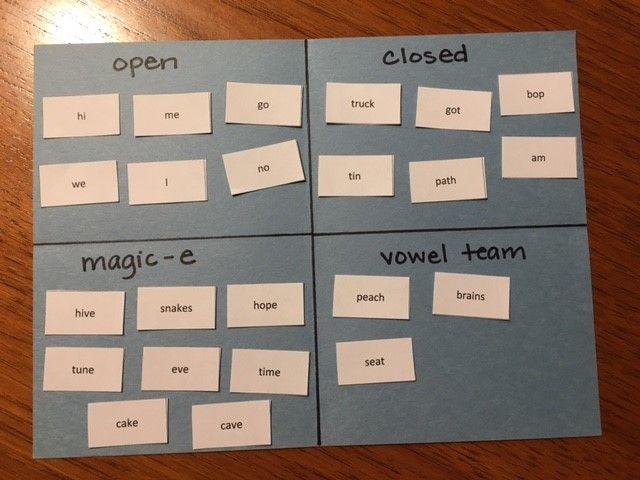
4. Manipulate.
Print these free cards from This Reading Mama. Then give your child small counters to move, one at a time, as he says each syllable. Have him count the manipulatives to see how many syllables are in each word.
5. Build.
Check out This Reading Mama’s post about counting syllables with duplo bricks – you’ll also get a set of free picture cards.
6. Clip it!
Just grab our free syllable clip cards, and have your child clip the correct number of syllables with a clothespin.
And there you have it – six hands-on ways to teach syllables!
Get the free sorting cards below. You’ll find a total of 48 cards, in three different formats – depending on how much ink you want to use. 😉 Make sure you select the pages you want instead of printing the whole document.
Get your free syllable activities!
CLICK TO DOWNLOAD
Syllable Activities
$10.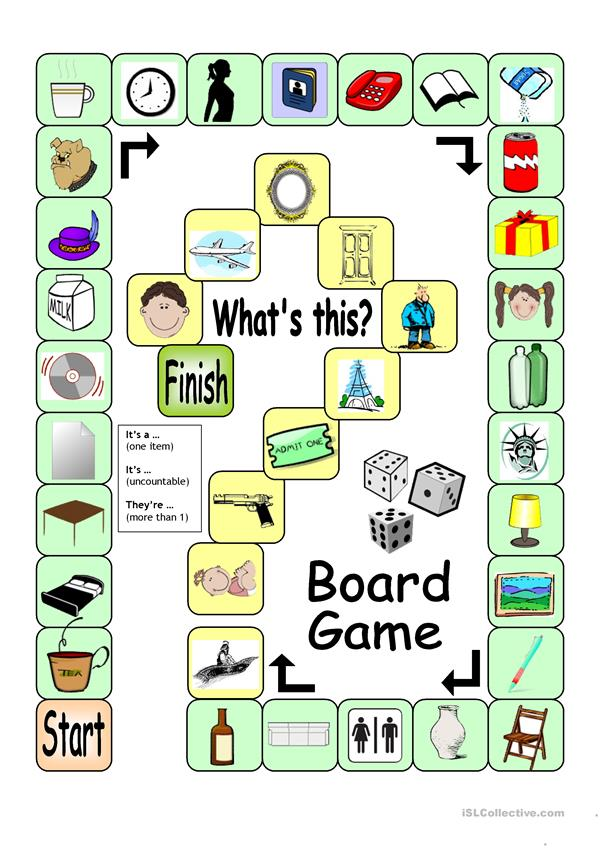 00
00
Build this important pre-reading skill with this fun variety of printable syllable activities for kids! You’ll find centers, games, sorting cards, and more in this bundle of ten different activities.
Buy Now
Free Reading Printables for Pre-K-3rd Grade
Join our email list and get this sample pack of time-saving resources from our membership site! You'll get phonemic awareness, phonics, and reading comprehension resources ... all free!
Sharing is caring!
Filed Under: Reading, Pre-reading Tagged With: first grade, kindergarten, syllables, phonological awareness
You May Also Enjoy These Posts:
Make a movie in your head! (a visualizing strategy)
A strategy to help kids remember what they read
Trackbacks
Words "activity" morphological and phonetic analysis
Explanation of the rules for dividing (breaking down) the word "activity" into syllables for transfer.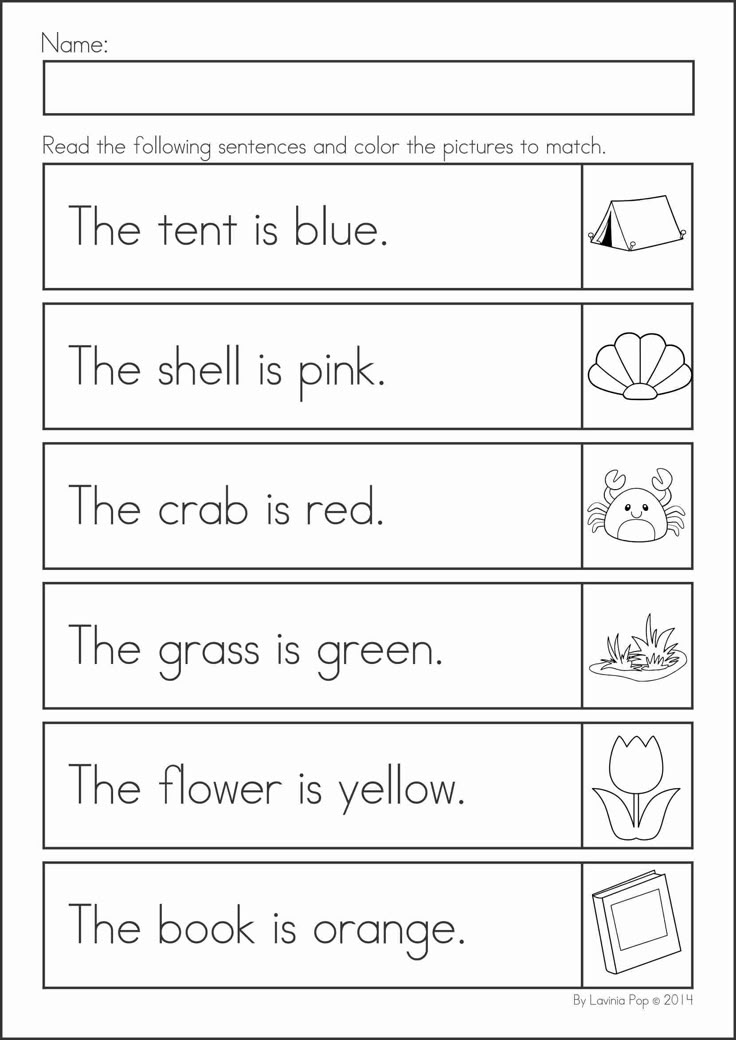
The Soosle.ru online dictionary will help: parse the word “ activity ” phonetically and morphologically by composition, correctly divide it into syllables according to the rules of the Russian language, highlight parts of the word, put stress, indicate the meaning, synonyms, antonyms and compatibility for the word “ activity ".
Content:
- 1 Syllables in the word "activity"
- 2 How to transfer the word "activity"
- 3 Morphemic analysis of the word "activity" in composition
- 4 Synonyms of the word "activity"
- 5 Antonyms of the word "16" activity
- 6 Emphasis in the word "activity"
- 7 Phonetic transcription of the word "activity"
- 8 Phonetic analysis of the word "activity" into letters and sounds (Sound-letter)
- 9 Sentences with the word "activity"
- 10 Matches for the word “activity”
- 11 Meaning of the word “activity”
- 12 Declension of the word “activity” by subgems
- 13 How to spell the word “activity”
Syllables in the word “activity”
By syllables: de-i-tel-ness
ь always adjoins the preceding consonant, softening it
ending
Activities
Synonyms Words “Activities”
1.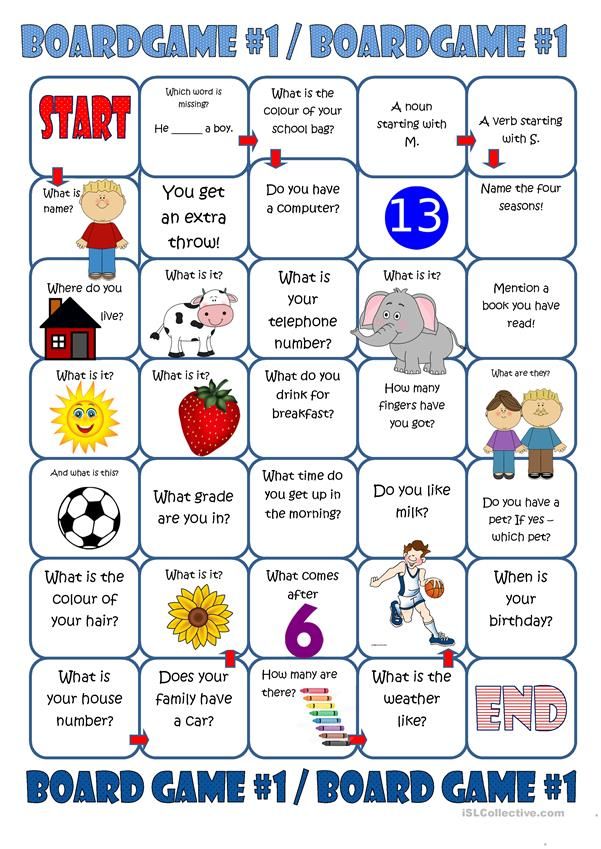 Practice
Practice
2. Action
3. Initiative
4. Energy
5. Initiative
6. Labor
7. Work
8 case
9. occupation
10. movement
11. fullness
12. participation
13. Campaigns
14. Intelligence
15. Function
16. Sent
17. Life activity
18. Functioning
19. Worker
Antonyms Words
1. Passiveness
2 2 inactivity
Emphasis in the word "activity"
activity - the stress falls on the 1st syllable
Phonetic transcription of the word "activity"
[d'``ey'it'il'nast']
Phonetic analysis of the word "activity" into letters and sounds (Sound-letter)
| Letter | Sound | Sound characteristics | Color |
|---|---|---|---|
| d | [d'] | consonant, voiced double, soft | d |
| e | [`e] | vowel, stressed | e |
| i | [y'] | consonant, voiced unpaired (sonor), soft | i |
| [and] | vowel, unstressed | ||
| t | [t’] | consonant, deaf double, soft, noisy | t |
| e | [and] | vowel, unstressed | e |
| l | [l’] | consonant, voiced unpaired (sonor), soft | l |
| - | does not represent sound | ||
| n | [n] | consonant, voiced unpaired (sonor), hard | n |
| about | [a] | vowel, unstressed | about |
| with | [c] | consonant, deaf double, hard, noisy | from |
| t | [t’] | consonant, deaf double, soft, noisy | t |
| - | does not indicate sound |
Number of letters and sounds:
Based on the analysis made, we conclude that there are 12 letters and 11 sounds in the word.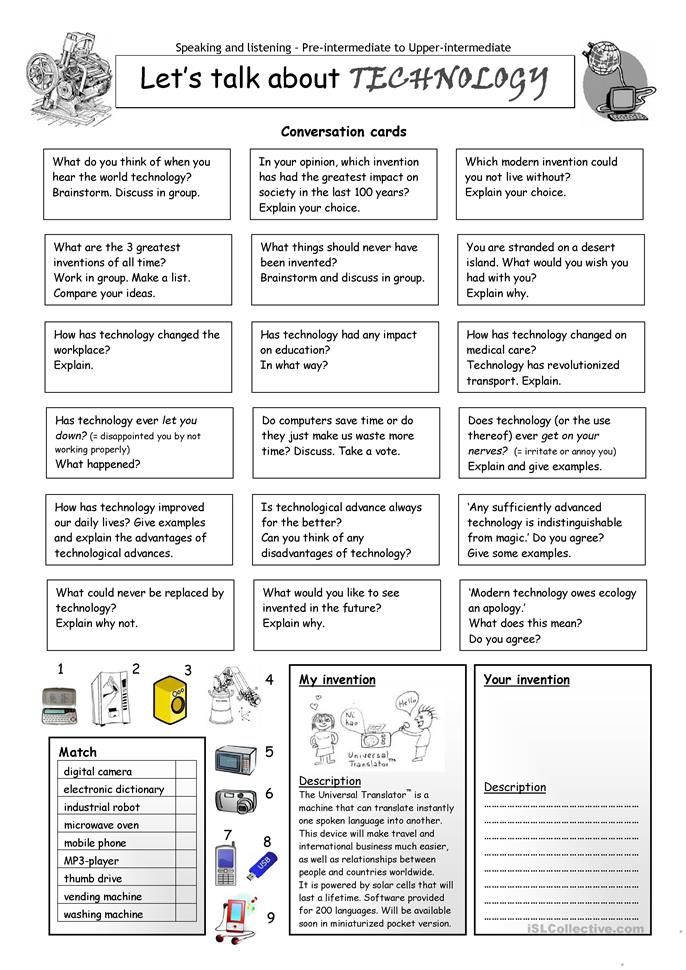
Letters: 4 vowels, 6 consonants, 2 letters do not mean sounds.
Sounds: 4 vowels, 7 consonants.
Sentences with the word "activity"
Consciousness ensures the integrity of existence and harmony in activity people.
Source: SV Baranova, The concept of development and improvement of the human being, 2011.
This makes it possible to exhaustively describe the place and role of the investment process both in a single area of activity and in the system of social relations.
Source: D. A. Shevchuk, Investments.
According to the scientist, when analyzing any human activities it turns out to be a game.
Source: A. B. Orishev, Culturology.
Compatibility of the word “Activities”
1. Human activity
2. Entrepreneurial activity
3.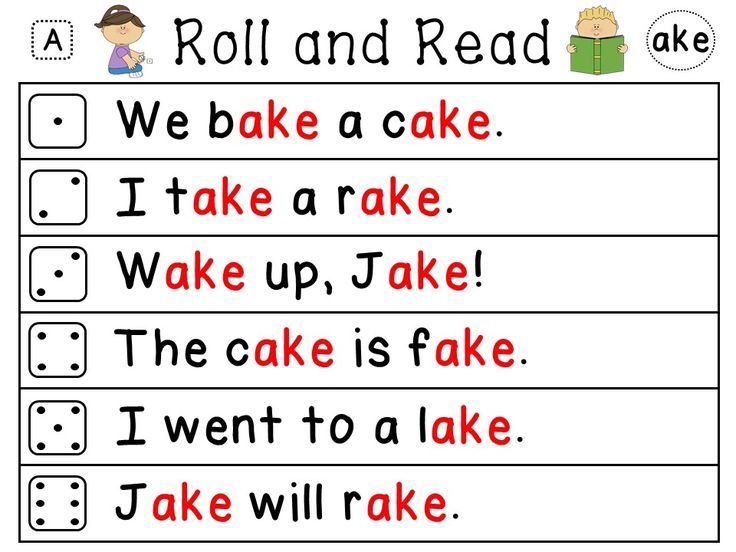 Stormy activity
Stormy activity
4. Human activity
5. Organization
6. Enterprise
7. Results of activity
8. activities
9. field of activity
10. activity acts
11. engage in certain activities
12. develop vigorous activity
13. continue one’s activity
14. (complete combination table)
ACTIVITY, -and, f. 1. Work, employment in some smth. areas. Pedagogical activity. Social activity. (Small Academic Dictionary, MAC) Declension of the word "activity" according to the terms
| Case | Question | Singular unit | Plural Mn. |
|---|---|---|---|
| Nominative Name. | what? | activity | activities |
| Genitive | what? | activities | activities |
| DativeDat. | what? | activities | activities |
accusatoryWin.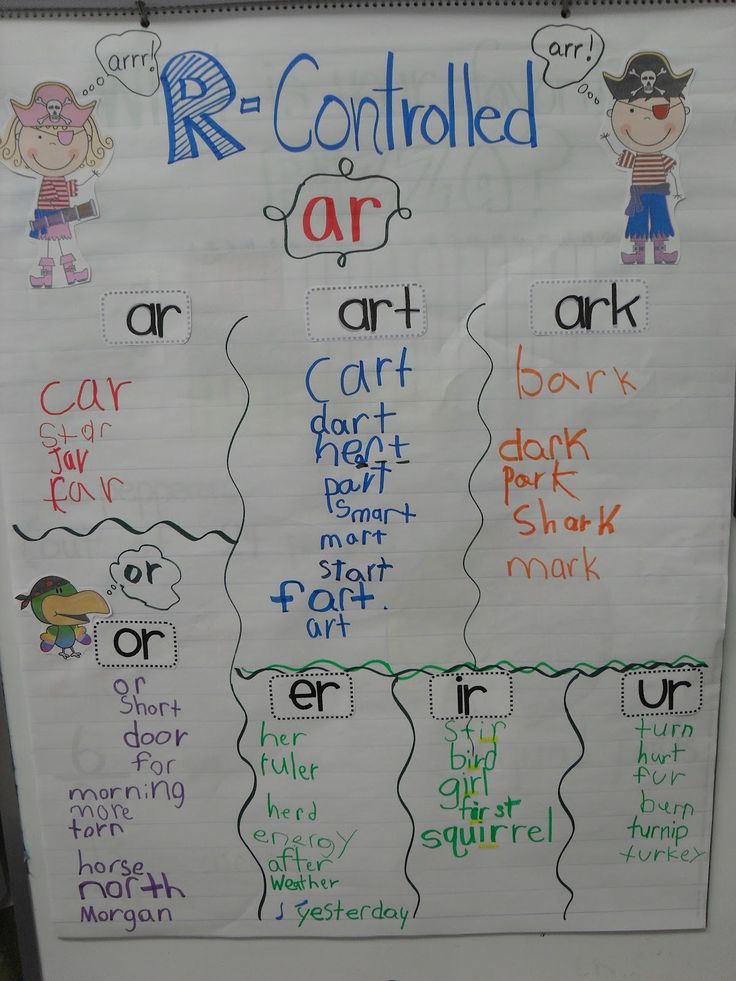 | what? | activity | activities |
| CreativeTV. | what? | activity | activities |
| prepositional | about what? | activities | activities |
Correct spelling of the word “activity”
Spelling of the word “activity”
Spelling of the word “activity”
Correct spelling: activity
Vowels: e, i, e, o;
Consonants: d, t, l, n, s, t;
Numbering of letters in the word
Numbers of letters in the word "activity" in forward and reverse order:
- 12
d
1 - 11
e
2 - 10
i
3 - 9
t
4 - 8
e
5 - 7
l
6 - 6
7 - 5
n
8 - 4
o
9 - 3
with
10 - 2
t
11 - 1
12
Wrap rules (exercises and test)
|

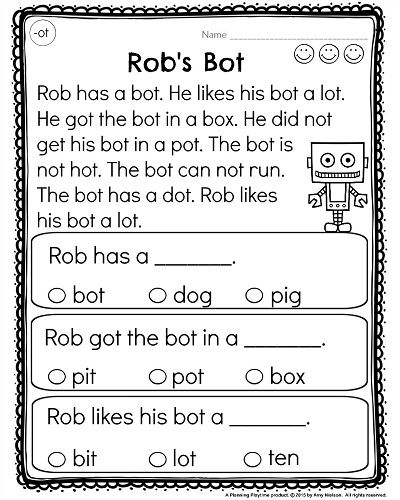
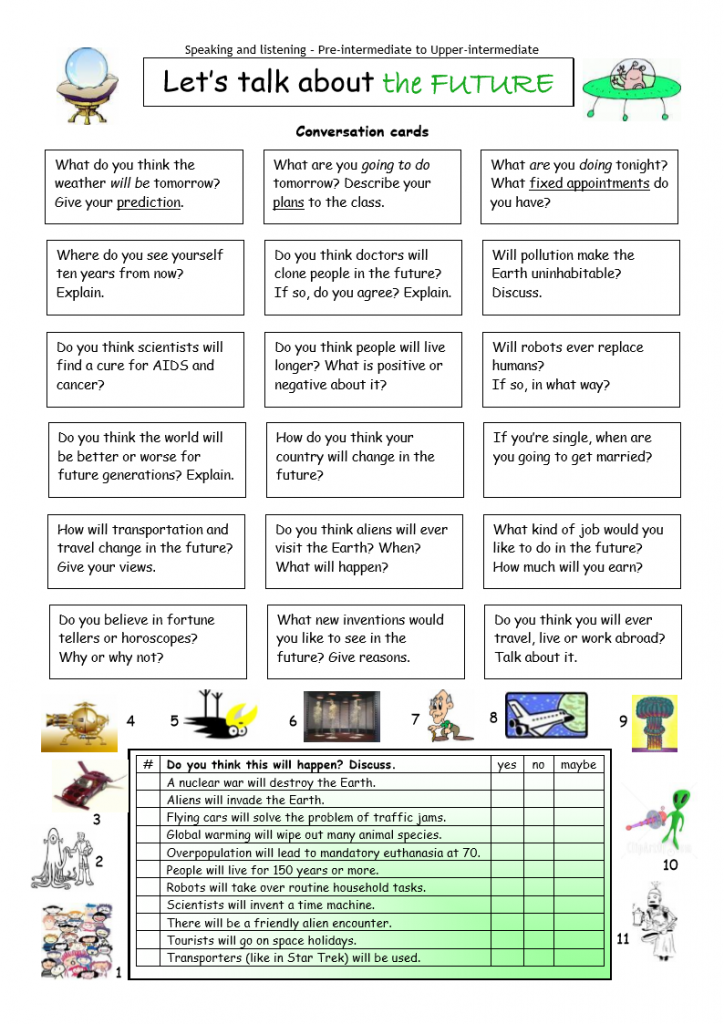
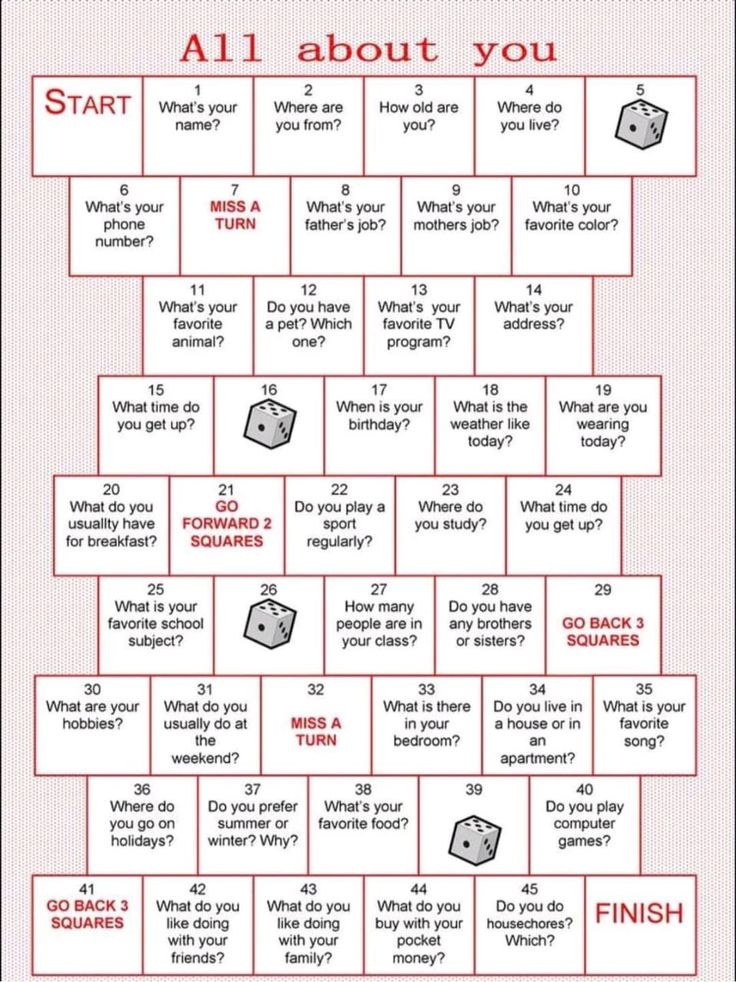
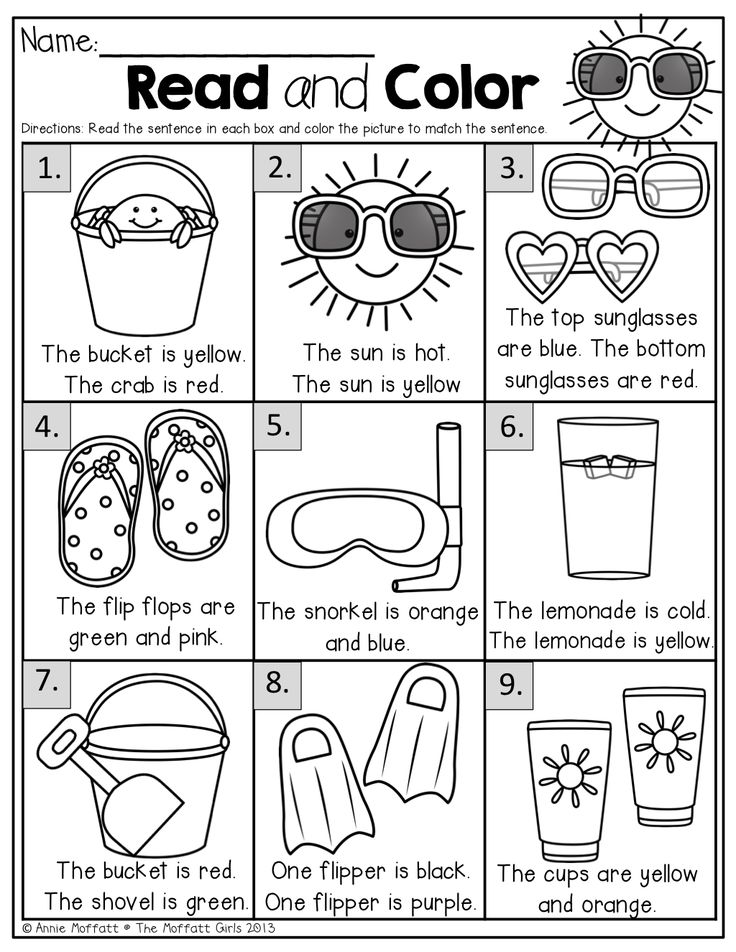 Highlight the words that cannot be separated for hyphenation.
Highlight the words that cannot be separated for hyphenation. 